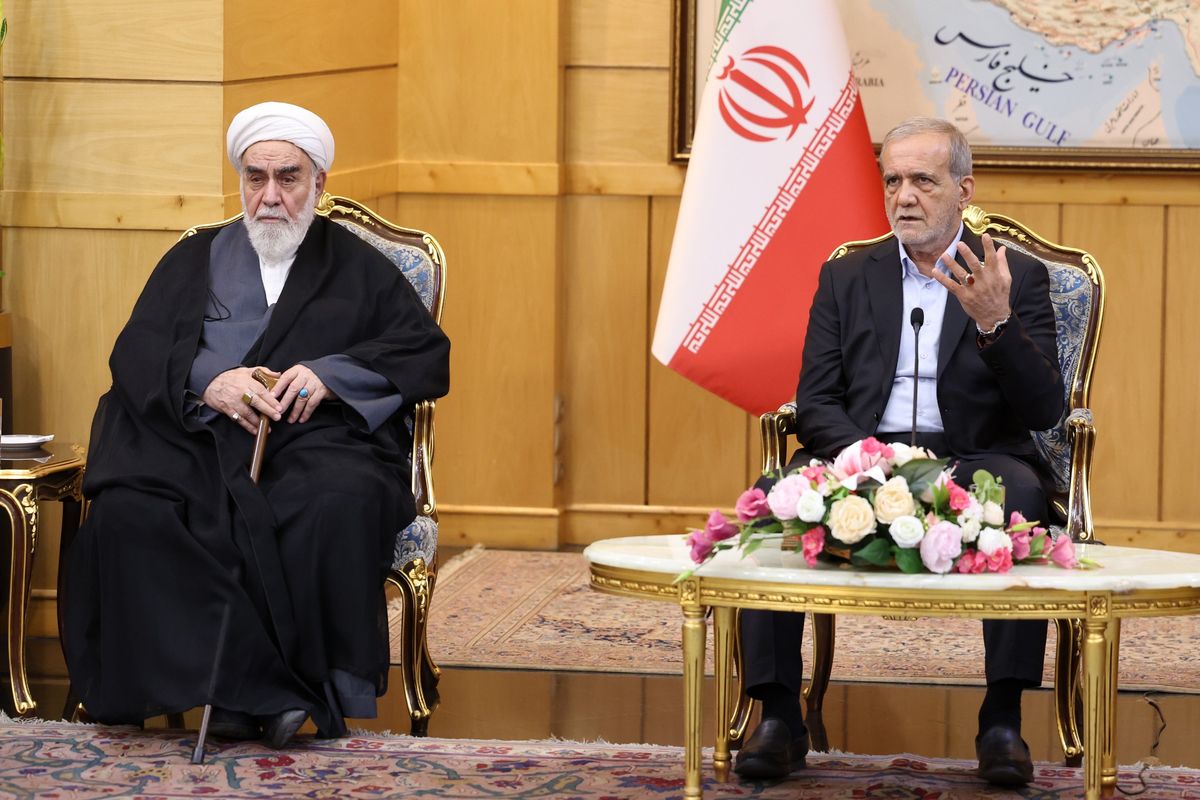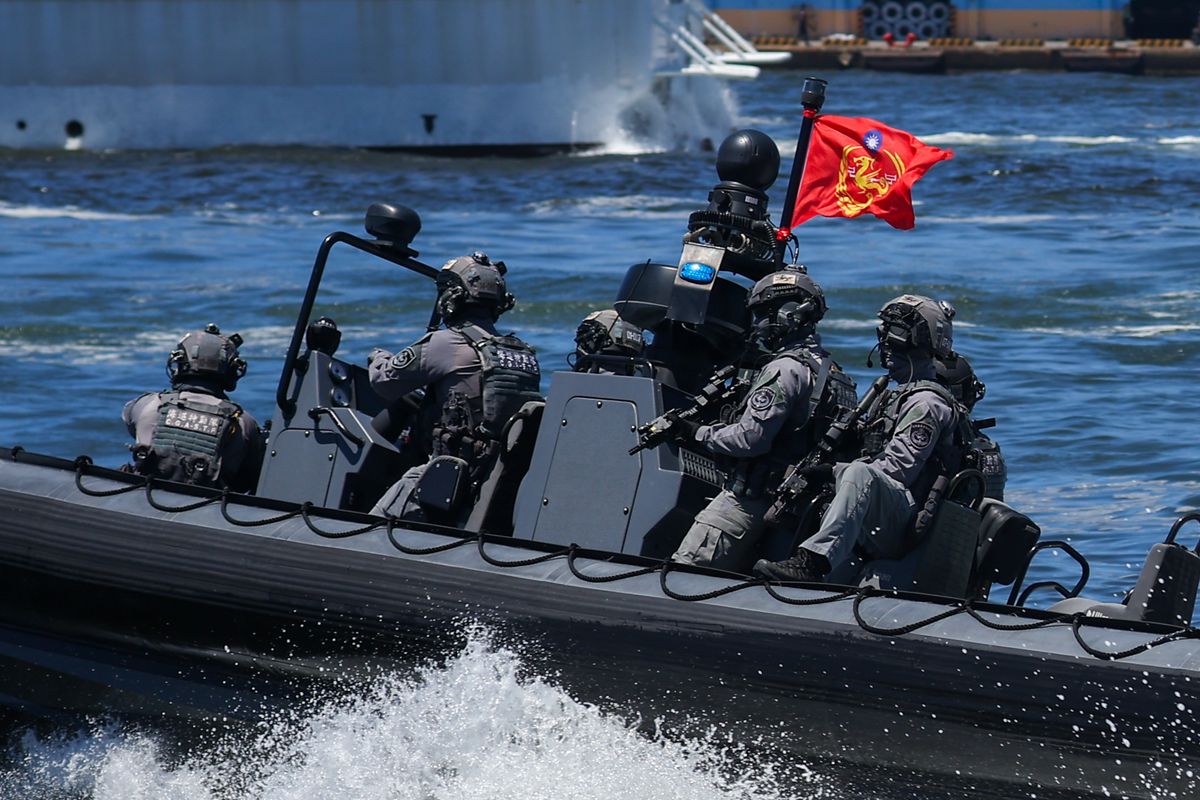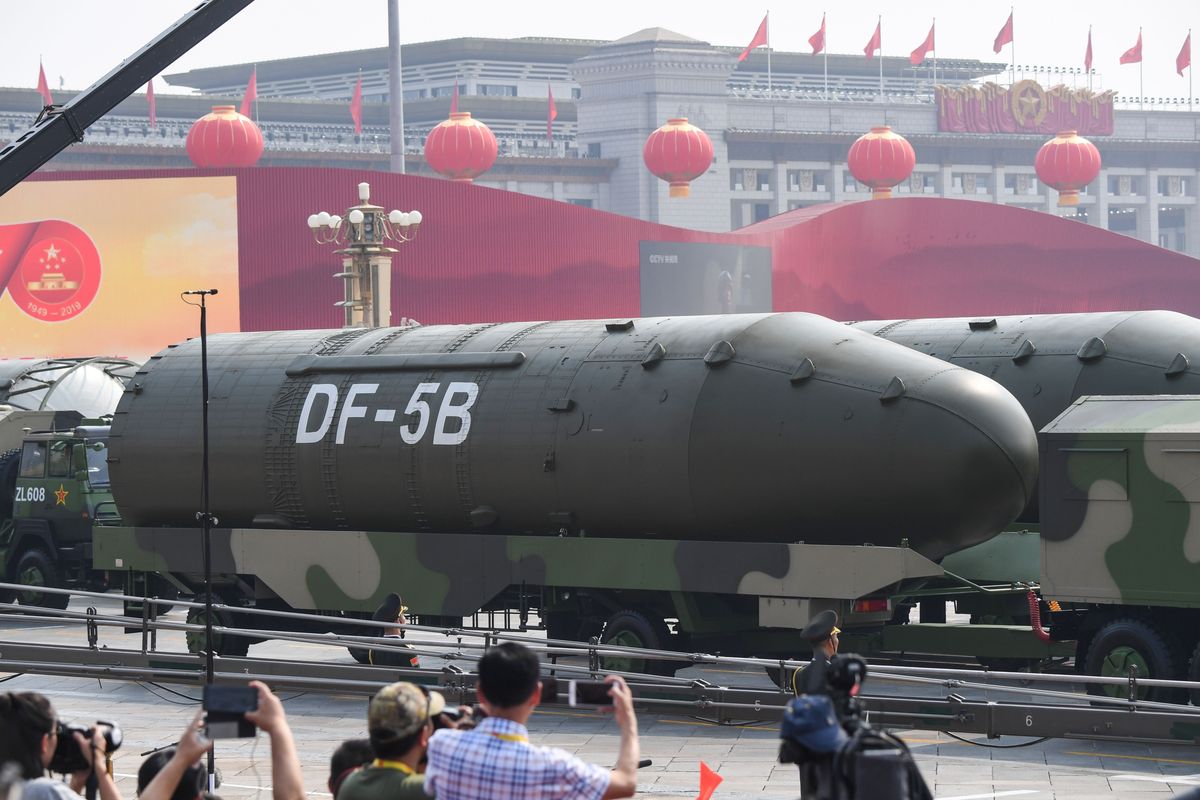The latest North Korean nuclear test was the largest to date, yet the international consensus on a response is as fractured and indecisive as ever. In the days following the test, China announced that it opposed the unilateral sanctions pursued by Japan. The United States is in support of sanctions, but is not set to deviate from its policy of “strategic patience,” the policy of isolating North Korea via sanctions and waiting for it to return to negotiations. Everyone agrees that the threat is real and growing, but there is no agreement on how to confront the threat of a North Korea armed with nuclear tipped ballistic missiles.
In addition to upping the kiloton yield of its weapons, North Korea’s nuclear program is increasing the rate at which it can produce nuclear warheads. A new estimate in an article published at 38 North by Siegfried Hecker, the American expert who was invited by the North Korean regime to tour its nuclear facilities in 2010, points to an increased production of highly enriched uranium (HEU). Conservatively, Hecker suggests that North Korea can now produce enough material for seven nuclear weapons per year. HEU production is also troublesome because it is much harder to reliably estimate as development continues. Variables such as the number of centrifuges and their individual output can change, whereas plutonium can only originate from a single reactor – and that reactor’s output is known from previous IAEA surveys. The growth of the nuclear arsenal is a worrisome unknown.
Critically, North Korea has domestic uranium deposits that can supply its production of both plutonium and HEU. With direct access to this essential raw material, and an established production process, the cycle is essentially self-contained and difficult to impede directly via sanctions or material embargoes. Every day that passes without a solution is a day that North Korea has more fissile material.
Many experts and policy makers suggest that China is the key to accessing and influencing North Korea. While more action from Beijing is certainly an advantage, Washington has leverage it can wield as well. Trust and cooperation among the two strongest powers in Asia – the U.S. and China - has been in short supply in recent years. Fixing that would increase the success of any nuclear negotiations with North Korea, according to Dennis Wilder, a former NSC advisor to George W. Bush on East Asian affairs and member of The Cipher Brief network. He told The Cipher Brief: “the next President should appoint an Ambassador to Beijing who meets two key criteria: a deep understanding of China and one who has direct and personal access to the President.” The U.S. and China both oppose a nuclear North Korea. The right ambassador could help keep the two countries on the same page on how to confront it.
The North Korean nuclear problem evades a solution in part because it is beyond the timeframe of a four-year or even an eight-year administration cycle. Since the Clinton administration, strategies against North Korea’s nuclear program have changed markedly from president to president. The lesson learned in North Korea is that building and holding on to a credible nuclear deterrent is more permanent than the treaties and negotiated settlements that come out of dealing with successive presidents. As a North Korean official reportedly told Joel Wit, senior fellow at the U.S. Korea Institute: “It’s easier for us to build nuclear weapons than to be involved with you for decades only to have agreements turn into useless scraps of paper.”
Former Ambassador Joesph DeTrani, the U.S. Department of State’s special envoy to the Six Party Talks - the most recent attempt at multilateral negotiations with North Korea which had its final session in 2007 - told The Cipher Brief what the next administration could do as a first step: “The administration could make it clear that the U.S. is not hostile to North Korea and does not seek regime change.” Such a confidence building measure, though difficult to develop, could help pave the way for more fruitful negotiations.
While it still remains to be seen how the international community will respond to this most recent test, the larger question is what will it do in the long run to curb North Korea’s growing nuclear arsenal. It has been ten years since the first test and in the intervening years the North has slowly but surely grown its capabilities in the face of all of the condemnations and sanctions the world has thrown at it. Some experts say North Korea is less than five years away from a nuclear tipped ICBM that can reach the west coast of the United States. The question for U.S. policy makers is: can the solution come first?
Will Edwards is an international producer at The Cipher Brief.












